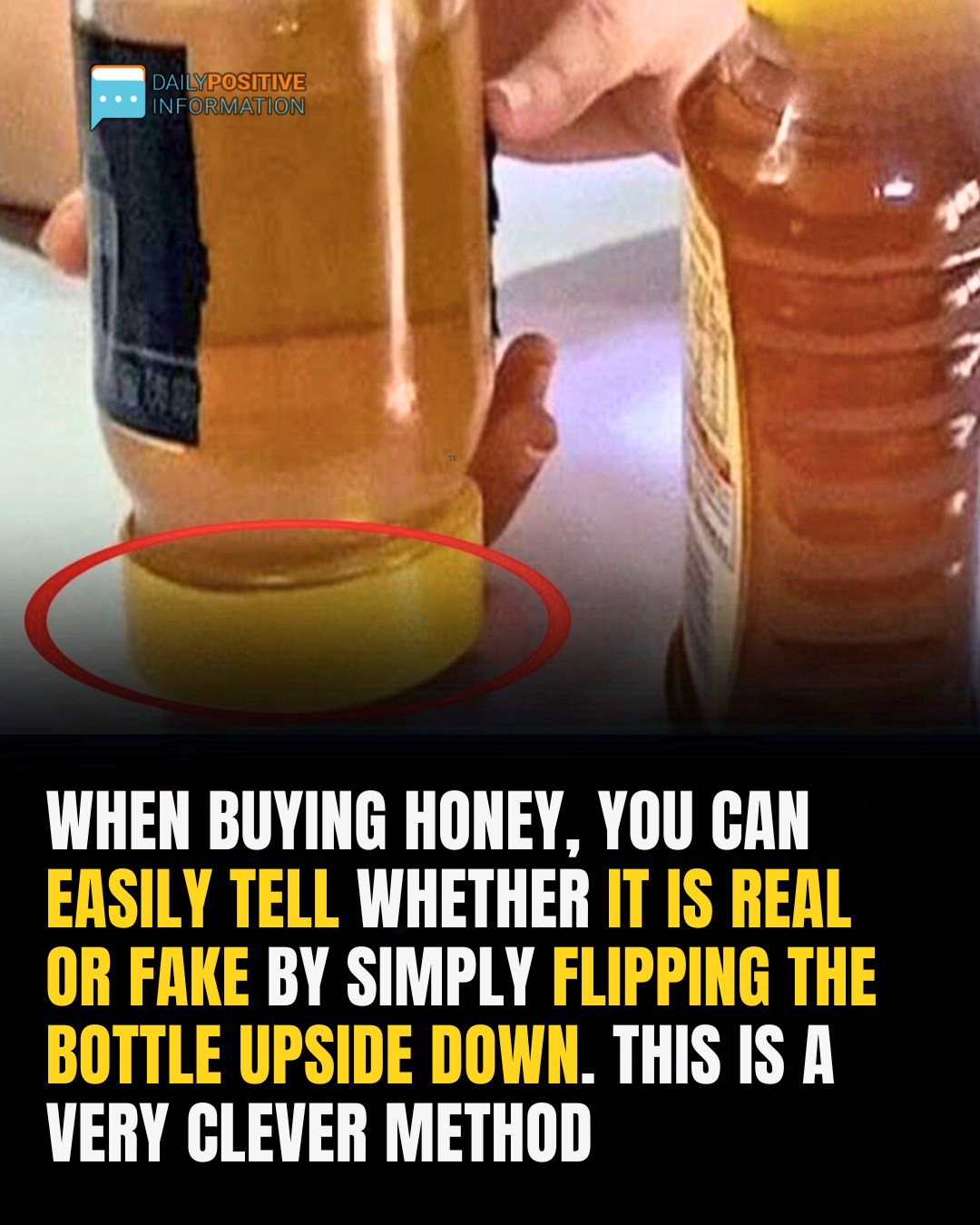Over the past few years, fake honey has been showing up more frequently in stores across Europe, raising serious concerns among consumers and food safety organizations. A recent inspection conducted by the Active Consumers organization revealed that 5 out of 10 honey brands tested failed to meet the most basic quality standards required for real, natural honey. These standards aren’t random—they are crucial benchmarks that define the purity and authenticity of honey. To be considered genuine, honey should have a water content below 20%, electrical conductivity no higher than 0.8 mS/cm, hydroxymethylfurfural (HMF) levels under 40 mg/kg, diastase activity of at least 8 Gote units, and a proline content of no less than 180 mg/kg. When any of these markers fall short, it means the honey you’re buying is either poor quality or, worse, completely fake.

So, how exactly are producers faking honey in the first place? There are two primary methods used to deceive consumers. The first and most common is dilution with glucose-fructose syrup, a sweet, inexpensive substitute that increases the product’s volume while significantly reducing production costs. The second method is premature harvesting, which involves removing honey from the hive before it has had time to mature. This approach speeds up the overall production cycle but results in honey with higher water content and a much weaker nutritional profile. Both practices may help producers turn a quicker profit, but they ultimately compromise the quality and authenticity of the honey that ends up in your pantry.
Naturally, many people wonder if there’s a way to detect fake honey at home using simple tests. The internet is filled with do-it-yourself methods that claim to identify real honey from the fakes, but are they actually reliable? One popular test is known as the napkin test. The idea is to place a drop of honey on a paper napkin and observe how it behaves. If the honey stays in place, it’s supposedly real; if it spreads and forms a wet ring, it’s fake. While this test can sometimes help indicate higher water content, it’s not always reliable. For example, certain types of real honey like acacia are naturally more liquid and may spread even though they’re pure.
Another test circulating online is the hexagon shape test, which claims that real honey will form hexagon patterns when shaken under water. Unfortunately, this one is pure myth. There’s no scientific evidence backing this theory. Whether honey is real or fake, it generally just sinks to the bottom and dissolves slowly without forming any special shapes. Then there’s the idea that ants will avoid pure honey because it contains some kind of natural ant repellent produced by bees. This claim also falls flat. Ants are drawn to sugar in any form, and both real and fake honey are full of sugar. Bees do not produce any chemical that deters ants from approaching honey.
One test that holds a bit more promise is the density and dissolution method. Advocates of this test say that real honey is thick, takes longer to dissolve in water, and contains a slow-moving air bubble when you flip the container upside down. While this may be true in some cases, it’s still not a foolproof method. The consistency of honey can vary greatly depending on its floral source and region. Some genuine honeys are naturally runnier than others, which means even pure honey might not pass this test.
So, what’s the bottom line? As much as we’d love a quick and easy way to spot fake honey at home, the unfortunate reality is that no DIY method is 100% reliable. That’s why honey remains one of the most commonly adulterated food products in the world, right up there with milk and olive oil. As counterfeiters get better at mimicking the appearance and even the flavor of real honey, it becomes nearly impossible for the average consumer to tell the difference without laboratory testing. The best way to protect yourself is to buy honey from trusted sources, look for certifications from reputable organizations, and steer clear of products that seem suspiciously cheap. Staying informed and vigilant is your best defense against falling for fake honey in an increasingly tricky market.





